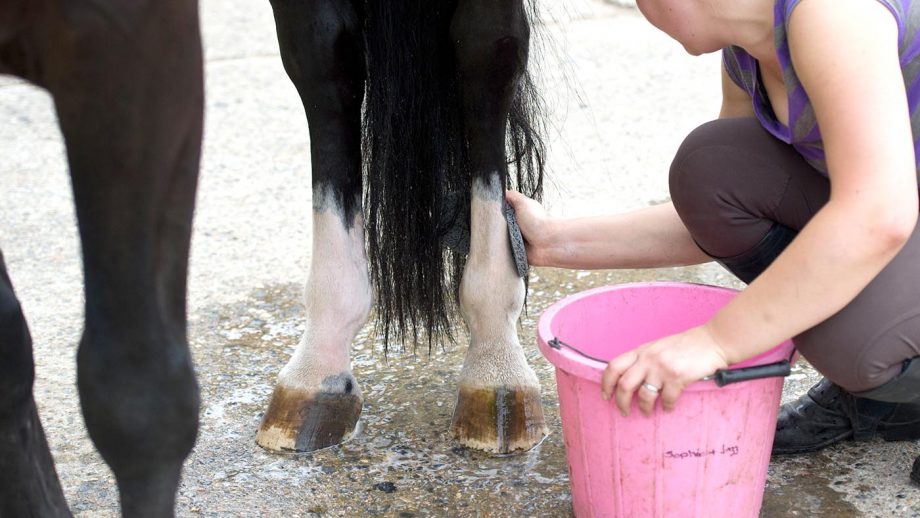If you are curious about horse riding equipment, you might be wondering what a saddle block is and why it is important. A saddle block is an essential piece of a horse saddle that plays a vital role in both rider stability and horse comfort. Understanding its function can enhance your riding experience.
For those new to horseback riding safety or seasoned equestrians wanting to optimize their gear, knowing the components of your saddle, including the saddle block, can make a significant difference.

The Structure of a Saddle Block
In essence, a saddle block refers to the raised, padded parts of a saddle that help create balance for the rider. These blocks are generally found on the front and rear of an English saddle and play a crucial role in stabilizing the rider’s leg position.
The saddle blocks are usually located on either side just below the knee rolls. Their primary goal is to provide support through riding sessions, thus enhancing control and ensuring comfort for longer rides.
Front vs. Rear Saddle Blocks
The front blocks help prevent the rider’s knee from sliding forward while riding. This stability encourages proper posture and aids in more accurate cues to the horse. On the other hand, rear blocks serve as additional support for the riders thigh, particularly useful during jumps or when taking up a lighter seat.
Types of Saddle Blocks
The type of saddle block may vary according to the riding discipline or personal preference. Dressage saddles, for example, might feature larger blocks for enhanced leg support, whereas jumping saddles may sport smaller blocks to allow more freedom of movement.
Adjustable vs. Fixed Saddle Blocks
Some modern saddles come with adjustable blocks, enabling riders to customize their placement for optimal fit and comfort. Adjustable blocks are often attached with Velcro, making it easy to reposition them based on personal requirements. Conversely, fixed blocks are stitched in place and offer a permanent support structure.
Choosing the Right Saddle Block
Selecting the best saddle block for your needs depends on multiple factors such as your riding discipline, personal comfort, and horses anatomy. Ensuring the blocks suit your leg length and style of riding is fundamental.
For new riders eager to gather essential riding gear know-how, opting for adjustable saddle blocks might be sensible. However, a consultation with an experienced equestrian or a saddle-fitting professional can offer valuable insights tailored to your specific needs.
Maintenance of Saddle Blocks
Maintaining the integrity and cleanliness of your saddle block is significant for its endurance and performance. Regularly check for wear and tear, especially if the blocks are adjustable, as the Velcro might need replacement over time.
Follow these tips and guidelines on maintaining riding gear to extend the life of your saddle blocks. Keeping your blocks in excellent condition is vital for ongoing riding comfort and stability.

FAQs
What is the main purpose of a saddle block?
The core function of a saddle block is to offer stability and support to a riders leg position, enhancing balance while riding. It assists in aligning the rider for better control and comfort, particularly during complex maneuvers.
Can saddle blocks be customized?
Yes, many modern saddles feature adjustable saddle blocks which can be repositioned for optimal comfort and functionality depending on the riders preference and riding purposes.
How do I care for my saddle block?
Regular inspection and cleaning of the saddle block area are essential to maintaining its functionality. Ensure any Velcro used in adjustable blocks is clean and functional by referring to appropriate gear care techniques.
Ultimately, understanding what a saddle block is and how it enhances your riding experience can lead to more enjoyable and effective rides. The right saddle components augment both rider performance and horse comfort, forming an integral part of the equestrian lifestyle.








